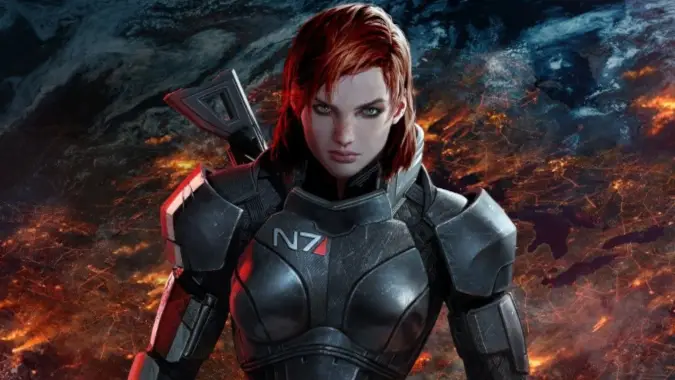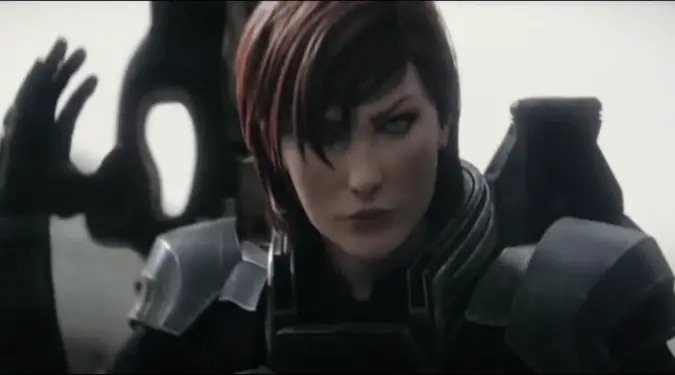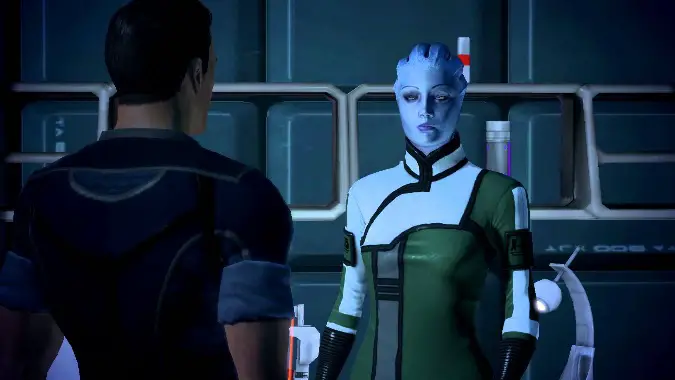How to customize an RPG system to tell the stories your group wants

Sometimes, there’s no specific game system out there that both works mechanically and thematically for your Tabletop RPG party. This isn’t because there’s a shortage of game systems, but maybe your group has a specific reason not to use those systems — perhaps they’re too complex, or you and/or your players aren’t familiar with them. Sometimes you can simply take some time, learn those systems, and then make use of them, but there’s always a reason why you might not be able to do that, from time constraints to the difficulty of getting your players all familiar with the rules.
I recently ran a Mass Effect one shot TTRPG. We’ve talked about adapting video games to D&D before, but this time, I chose to move to a different system because I knew I would have to do a lot of work to customize it. There are various RPGs out there that could work for the space-themed Mass Effect. I considered using Starfinder for one, as it’s a really robust game with lots of sci-fi elements that could model things like biotic powers and the various tech abilities — but my group doesn’t really know Starfinder. There are also a fair amount of fan conversions for systems like D&D 5e I could have made use of, and I thought about using the FATE system, or even GURPS. But again, I wanted something simple, so my players wouldn’t have to learn a lot of rules for a one shot.
So what did I do?

First, decide on a system as your baseline
In the end, after considering a lot of options, I decided to go with the Powered by the Apocalypse system from games like Masks and Apocalypse World. It’s an extremely easy system to learn — you roll 2d6, add or subtract your score in the related ability, and try and get as high a result as possible. There are breakpoints for partial success, success, and crushing success, similar to what would be a critical success in D&D. I could have used D&D instead, but the PbtA system is both simple and flexible enough for my purposes.
I had to create my own statistics for the game, and did so with an eye towards the Mass Effect character creation process, especially in Mass Effect 2. I’d seen various games use Edge and Tech, and both worked for what I wanted to do, and both Body and Mind seemed a good fit, so the only stat I had to create was Presence, which served as a kind of Charisma stat, covering all the stuff involving convincing or impressing someone else. Stats in PbtA go from -1 to +3, and I decided that the overall bonuses and penalties for each character should end up with a total positive of 4, so if you had a 3 in Body, and a 1 in Mind and Tech, you needed a -1 in something else and a 0 in the last score — in this case, a -1 in Presence for the Elcor Soldier, as Elcor speak in a monotone and are not terribly emotionally demonstrative.

Mechanics and preserving the source flavor
The biggest part of PbtA and the reason I chose it over D&D are the Moves — these are the abilities your characters can use. A Move can be a supernatural power, a cool gadget, or just plain stubbornness depending on which version of PbtA you’re using. The system uses Playbooks instead of Classes, which basically work the same but have a more rigid (and less complex) composition because the system is more about the yes, and style storytelling than D&D‘s tactical combat simulator. So I designed five playbooks, one for each player. I didn’t worry about mathematical balance because that wasn’t the point — the point was to let each player have the character they wanted. For this session, I created the Quarian Infiltrator, the Elcor Soldier, the Human Vanguard, the Drell Adept, and the Vorcha Sentinel. These Playbooks worked fine for what I was doing, but if I was going to make a full fledged Mass Effect campaign using these rules, I wouldn’t put race into the Playbooks like that, but would rather just let people decide whatever race they wanted to play.
Basically, from there, I adapted powers from the game like Adrenaline Rush or Biotics or the various tech powers of the Infiltrator and Sentinel. Since there were two kinds of Biotic (Adept and Vanguard) and two types of Tech (Sentinel and Infiltrator) I felt secure, but I missed that Sentinels are Tech/Biotic characters in my haste to get it all done in time, which is a warning to y’all — I basically ended up making a Vorcha Engineer and calling it a Sentinel due to my error.
Still, the session worked out fairly well — all players had a good time and we told a fun story set between Mass Effect 2 and Mass Effect 3, touching on elements from the various games. As GMs we are often afraid to deviate too far from the familiar, and with good reason — it’s already a big ask to get a group together to play a single game, to then expect them to learn a new system can be a bit daunting. But it can also be a lot of fun, and I hope if you’re thinking about doing it, you’ll give it a shot. You may well make mistakes — I did — but I definitely learned from those mistakes, and as a GM, even of a one-shot, that’s always something to look forward to next time.
Please consider supporting our Patreon!
Join the Discussion
Blizzard Watch is a safe space for all readers. By leaving comments on this site you agree to follow our commenting and community guidelines.
 @MatthewWRossi
@MatthewWRossi



